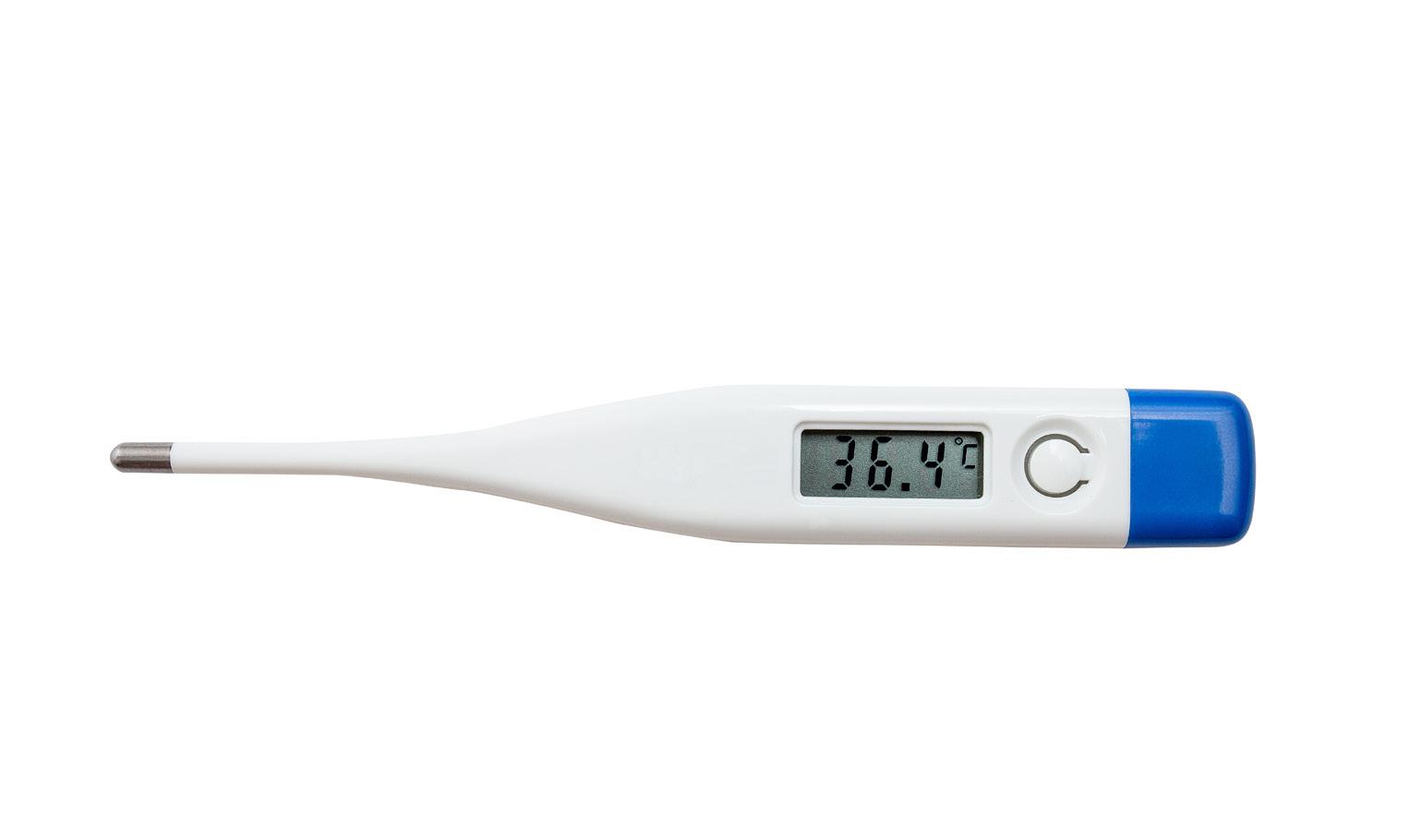
4 minute read
Up close and personal
by hqmagazine
CONDUCTING A PHYSICAL EXAM
With one of our New Year’s Resolutions being to spend more time getting to know our horse’s better, we wanted to include an article on the physical examination. Running your hands over your horse and performing the simple steps outlined here can really make a difference to your horse’s health and set you on the right track in 2023.
BASIC SUPPLIES
It’s handy to keep a thermometer, stethoscope and watch in your first aid kit. Keep some K-Y Jelly in your box as well to lubricate the thermometer.

THE PHYSICAL CHECKS
1. Eyes should be bright and clear from any muck or mucus. A little discharge during the spring months is normal with the change of season, but if it persists, consult your vet.
2. Slight clear discharge from the nose is normal, but any yellow discharge indicates illness. The respiratory rate can be taken by feeling how many breaths a horse takes in a minute. Healthy horses take around 12 breaths per minute. Foals will take between 20 and 40 breaths per minute.
3. Gums should be healthy and pink. Dark red, bright red, blue or white gums indicate various forms of shock and you should seek immediate veterinary attention.
4. You can conduct a capillary refill test by pressing your finger on the gums and then releasing. It should take around two seconds for the area to turn from white back to pink.
5. The pulse rate can be taken from the lingual artery, located on the bottom side of the jaw where it crosses over the mandible bone, if you don’t have a stethoscope. If you do have a stethoscope, place it on the left side of the horse just behind the elbow, as this is where you will hear the heart best. The pulse can be taken for 15 seconds and then multiplied by four to calculate the heart rate in beats per minute. A normal heart rate is between 24 and 44 beats per minute (bpm). Foals will have a heart rate of 80 bpm.
6. Feel for any abnormal heat, swelling, lumps or bumps in the legs. Walk and trot the horse out on a hard, flat surface and ensure he is sound with free, open strides if you can. Short strides, nodding of the head, reluctance to move forward and favouring one side are all signs of lameness. Your vet should be called for a formal assessment if you have any concerns about soundness.
7. Listen for sounds of gurgling and growling, while you are grooming, which indicate a healthy gut. Sounds will become fainter, higher-pitched or non-existent if a horse is colicking.
8. Hoof wall temperature should be cool. A hot foot or leg indicates inflammation of the area and your vet should be called to assess for conditions such as an abscess or laminitis.

9. Temperature is measured through the rectum, using a digital thermometer. Apply some K-Y Jelly to the end of the thermometer for lubrication. Approach the horse from the side to avoid startling him. Insert the thermometer and wait for a reading. Normal temperature is 37.2 degrees to 38.5 degrees. A spiked temperature, or low temperature, indicates sickness or infection in the body.

10. Look for any visible marks that might indicate a saddle wound. Ensure there are no white hairs around the withers. Feel along both sides of the horse’s back for any inflammation or bumps. Feel for any stiffness or tension and see if he reacts when you put pressure on a certain area. If your horse shows any signs of pain, call your saddle fitter or physiotherapist.
11. Do the skin pinch test to assess hydration. Pinch the skin just above the shoulder and hold it for two seconds. The skin should snap straight back. If it’s slow to return, your horse is likely dehydrated. Horses need to drink approximately 8ℓ of water per 100kg, so the average 500kg horse will drink around 35 to 40ℓ of water per day.
12. When running your hand over your horse, check for any lumps, bumps, scrapes or injuries. You may also notice any skin issues or loss of hair during your grooming routine.

If you find anything unusual, it is worth contacting your vet to discuss this. The earlier you can detect these issues, the better.











